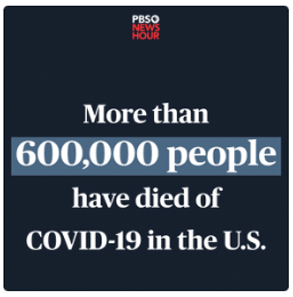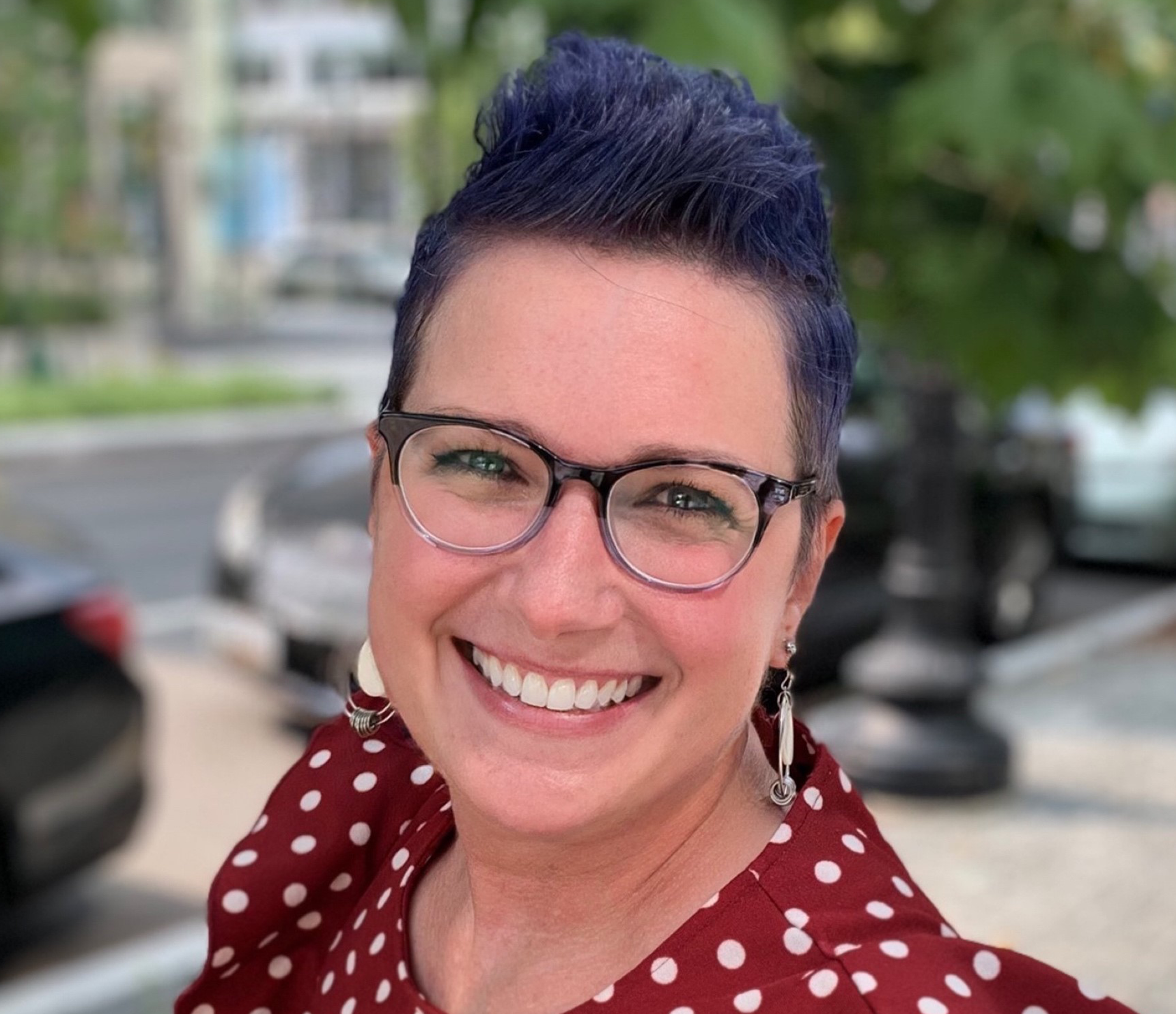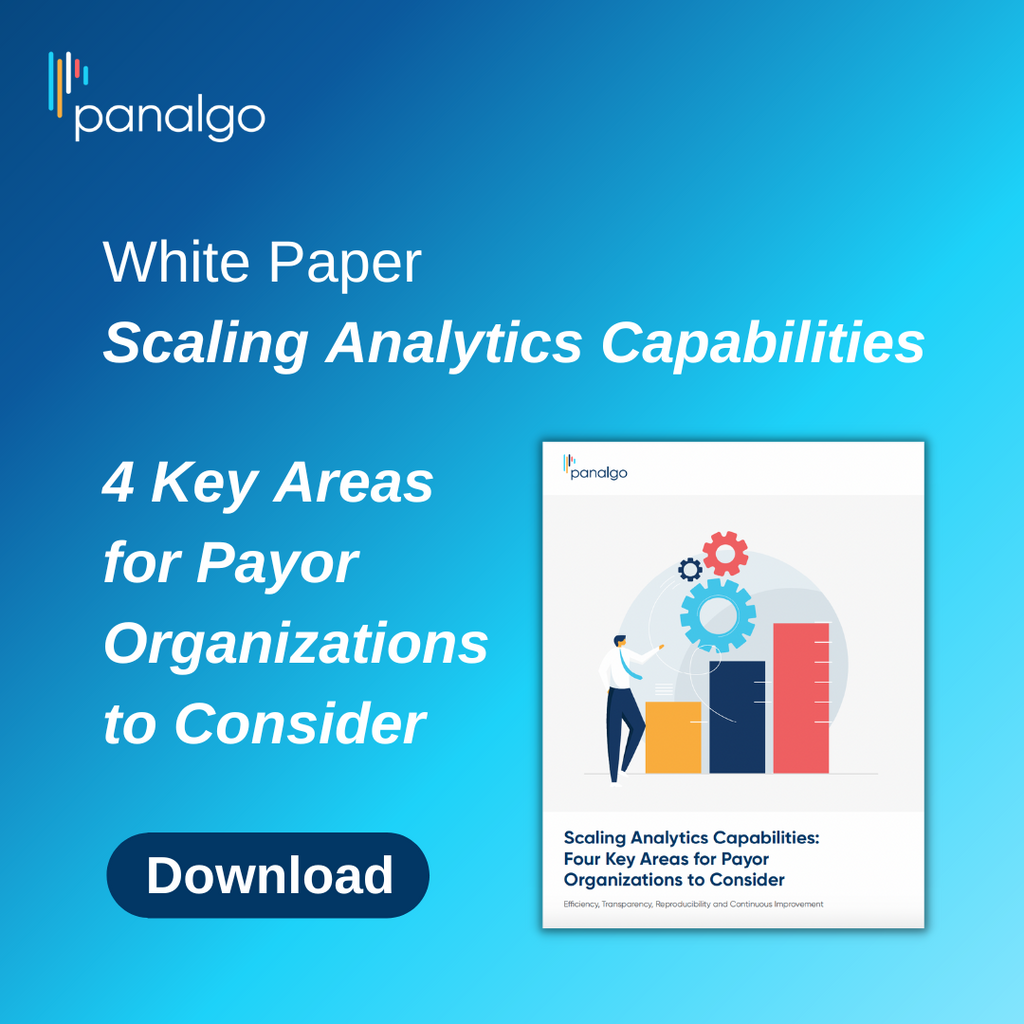What Options Do Retail Pharmacies Have to Become Profitable?
-
Jul 03, 2025
The retail pharmacy space is facing a raft of challenges that are resulting in closures across the industry. From deflating generic prices to competition from discount cards and front-end competition, these pharmacies are struggling to succeed between the larger pressure from wholesalers and PBMs. Ultimately, retail pharmacies that are not affiliated with a PBM or have access to 340B pricing have very few options to become profitable.
Adam Fein, Ph.D., president of Drug Channels Institute, clarified that “retail pharmacy” refers to community retail pharmacy and not mail pharmacy: chain drugstores, independent pharmacies and pharmacies inside mass merchants and supermarkets. In 2024, approximately 91% of all 30-day equivalent prescriptions — 6.8 billion of them — went through a community retail pharmacy, but these entities received only 62% of the prescription dispensing revenues, he explained during a June 20 webinar titled What’s Next for Retail Pharmacy: Data, Debate, and Disruption.
He pointed to several reasons for this: First, the generic dispensing rate has dropped over the last few years. “When the majority of your physical activity is dispensing a product with an average cost of about $20 or $25 and is deflating in price, it’s very hard to make money,” he stated. In addition, “limited exposure” to costly specialty drugs is an issue, as the bulk of dispensing for these agents is by PBM-affiliated central fill pharmacies. Other complications are “intense front-end competition” from stores like Walmart, Target and Amazon, and retail pharmacy overcapacity.
Fein pointed to “competition within the generic market and things like discount cards” and industry dynamics around GLP-1 dispensing and reimbursement — which have caused some pharmacies to stop carrying these products entirely even though their use continues to increase — as culprits.
These pricing and reimbursement pressures have caused the downsizing of pharmacies around the country. From 2018 to 2025, CVS has 8% fewer stores, Walgreens has seen a 16% decline in locations, and Rite Aid has undergone a 51% drop and is going bankrupt. Collectively, independent pharmacies’ locations are down 4%.
As for the “macroeconomic forces that are hurting pharmacies,” the top one is generics, a “low-priced product that is deflating,” making it hard to bring in enough money to pay rent and a pharmacist’s salary, noted Fein. Pharmacies also have been participating in narrow networks, which has driven competition. In addition, dispensing 90-day prescriptions, which have lower margins, means customers are coming into the actual store less.
“Discount cards have essentially blown away the cash pay market, which used to be kind of a surprisingly big source of profits 10 or 15 years ago,” he explained. “And now generic drugs are a competitive market.” And finally, “the fact that brand name drug list price growth is slow is also hurting pharmacies.”
NADAC Offers Advantages, Disadvantages
According to Fein, all the factors he listed are “outside of anybody’s control individually, but they just make the business of pharmacy much worse. That’s why there’s been a big push to reset the whole game,” led by Mark Cuban Cost Plus Drugs and the use of acquisition cost reimbursement. National Average Drug Acquisition Cost (NADAC) may offer some advantages, such as removing hidden cross-subsidies and separating drug prices from services. But it also can create new problems, particularly for payers, including manipulated benchmarks and weakened incentives.
Fein noted that PBM reform — since 2017, there have been 193 laws passed in 50 states — often impacts smaller pharmacies, including setting reimbursement and timing around when PBMs reimburse pharmacies and prohibiting the steering of prescriptions to certain pharmacies. This reform, regardless of whether it’s at the state or federal level, is one of the forces shaping the future of pharmacy.
Then there’s also the 340B Drug Pricing Program, which, contended Fein, “has actually started to give an advantage to hospitals and other entities that run pharmacies that compete with retail pharmacies.” He broke down data specific to Ohio and found that from 2012 to 2024, there was a decline in the number of large chain and small chain pharmacy locations but an increase in hospital outpatient community pharmacies and independent pharmacies, the latter of which likely includes federally qualified health centers (FQHCs). Hospital pharmacies and FQHCs are 340B covered entities, so they are getting that discounted 340B pricing.
And with almost 40 manufacturers telling covered entities that they can choose one pharmacy as their contract pharmacy, nationwide many of them are opting for a PBM-affiliated pharmacy.
Ultimately, said Fein, manufacturers need to understand that “if you’re launching a primary care product, you have to realize that the retail pharmacy industry, which is that last mile to a lot of patients, is getting very stretched, and the ability to launch new product and get it stocked and available in retail pharmacy is going to be challenged by these dynamics.” That has led some drugmakers to explore alternate channels, such as the direct-to-patient — also known as pharm-to-table — route.
Wholesale Prices Are Up; Margins Are Down
“Pharmacists want to buy a drug for a particular price, and they need to be compensated to cover the cost of that prescription and ideally make a margin to keep the lights on,” remarked Antonio Ciaccia, CEO of 46brooklyn Research and president of 3 Axis Advisors. However, a study by 3 Axis Advisors found that pharmacies’ average wholesale price (AWP) has gone up about 30% since 2021, but their margins have gone down by about 25%.
To address this, pharmacies can try to increase their reimbursement for services, but there really aren’t many opportunities to do this with PBM and government contracts.
They also could try to “engage in margin seeking behavior,” said Ciaccia. But “because PBMs control networks and because they can put their thumb on the scale of where prescriptions go and where they don’t and are empowered by most plan sponsors to do so, that can make seeking out those high margin opportunities very difficult.”
Another option would be attempting to acquire drugs at greater discounts. But that’s difficult because brand drugs have “very fixed acquisition costs” and generics are too inexpensive, so a steeper discount doesn’t amount to much, he explained.
Pharmacies could make an effort to boost their volume of sales. The problem with this is that “PBMs are ultimately creating these networks and essentially nudging people where they can and can’t go; there isn’t much opportunity to increase that volume outside of when another pharmacy closes,” Ciaccia said. “And unfortunately the same prescriptions that maybe ran the previous pharmacy out of business now make their way to the new pharmacy.”
Finally, pharmacies could cut costs, but that often has resulted in fines against them due to errors, such as not complying with regulation or poor opioid tracking. “In many instances, there’s only so much that you could cut out of the system,” he maintained.
‘Something Is Working’ for Some
All of that said, there isn’t a “mass exodus” of pharmacies at this point, and “clearly something is working” for those that remain, said Ciaccia.
A study that 3 Axis Advisors conducted based on 15% of Oregon’s community pharmacies reimbursement data compared with the underlying NADAC per 100 prescriptions found that “not until you hit the 75th percentile of claims has the pharmacy earned enough margin to dig their way out of the hole left by the underpayments.” So “while the middle matters, the bookends are everything. What we see is that 5% of the claims dispensed by a retail pharmacy ultimately make up 62% of the overall profits that the pharmacy will generate.”
Ultimately, he said, “disparate reimbursement for different drugs, not a right sizing of compensation from drug to drug, can result in an environment where your drug mix, or which patients are walking into your pharmacy, will be the ultimate indicator of your overall financial viability.”
Another 3 Axis Advisors study found that in West Virginia, PBM-affiliated pharmacies are making margins about 31 times higher than those of nonaffiliated pharmacies. And Georgia data revealed that the top most profitable drugs are designated as specialty therapies, which means that it’s very likely those agents are not dispensed within the retail channel. A study of Washington prescription drug pricing data based on class of trade found that PBM-affiliated pharmacies were getting three times higher markups or more than pharmacies of other classes of trade.
340B Is ‘Ultimate Game Changer’
Ciaccia also examined differences in profitability between entities with access to 340B pricing and those that do not, concluding that “it’s a lot better to be in the business of 340B than it is to be in the other business of retail pharmacy.…It is the ultimate game changer.”
Pharmacies that are unable to access 340B pricing or unaffiliated with a PBM have a few options, stressed Ciaccia. They could shed their losses by choosing not to inventory products that they are losing money on, as many are doing with GLP-1s. They could seek new revenue streams, such as through compounding, immunizations, medication therapy management and chronic care delivery. They could try to cut costs, or they could “get big or get out.”
Ultimately, said Ciaccia, “pharmacy is changing. Pharmacy is a more service-oriented profession, but unfortunately not all payers have caught up to that.”
“At the end of the day,” he concluded, “you’re dealing with a pharmacy profession that is sandwiched in front of two very big Goliath entities: a consolidated wholesaler marketplace that wants to charge more and a PBM marketplace that wants to pay less and an end payer that is mad about it all.…Pharmacy doesn’t have a lot of wiggle room between the wholesaler and the PBM, and in an environment of disparate compensation, it becomes very challenging for the pharmacies to control their reality when ultimately it’s dependent upon which drugs are favored and which ones aren’t under the current reimbursement schemes.”
This article was reprinted from AIS Health’s biweekly publication Radar on Drug Benefits.
© 2025 MMIT












